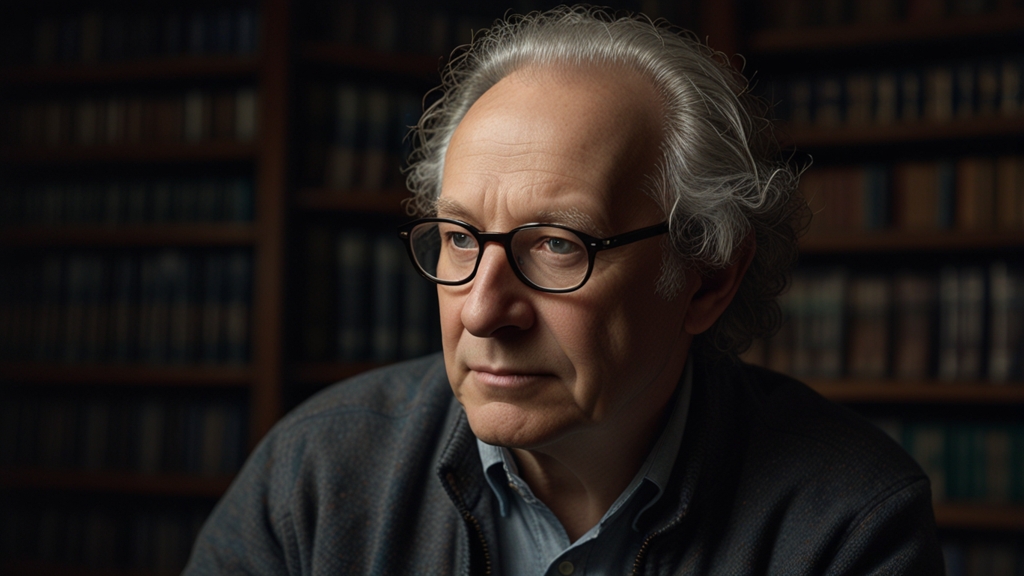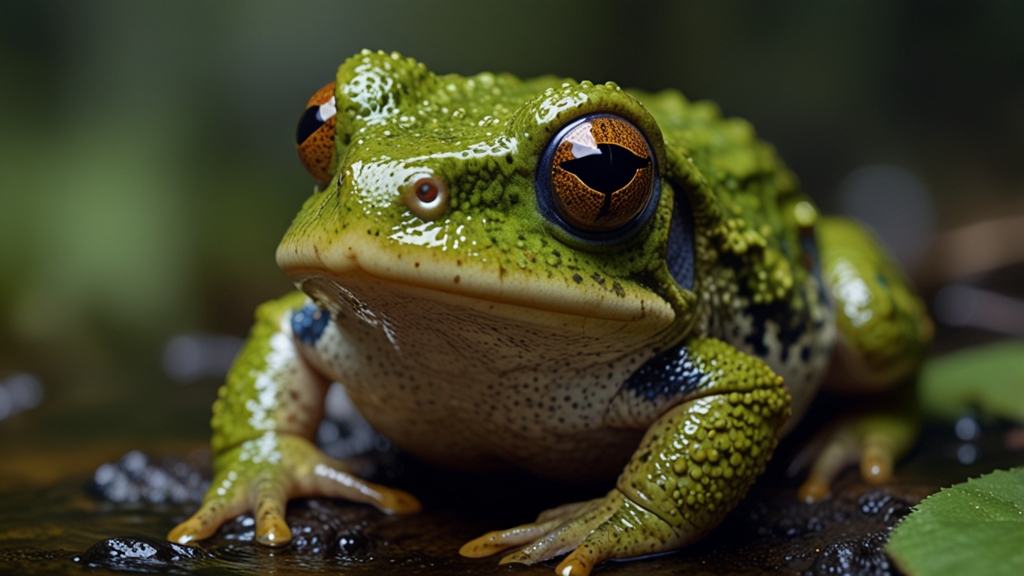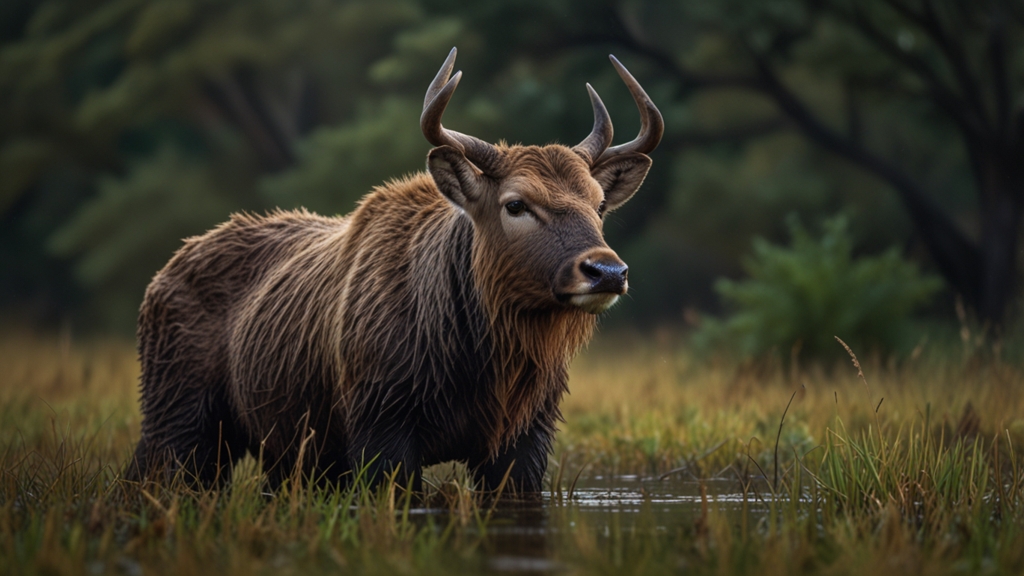The Geometry of Nature: Patterns That Inspire
Nature is an endless source of wonder and inspiration. Among its many marvels are the geometric patterns that manifest in various forms, from the microscopic to the cosmic. These patterns not only captivate the human eye but also offer clues to understanding the underlying principles that govern the natural world. This article explores some of the most intriguing geometric patterns in nature and how they inspire art, science, and design.
Fractals: Infinite Complexity in Finite Space
Fractals are one of the most mesmerizing patterns in nature. These self-replicating, infinitely complex structures can be found in everything from mountain ranges to cloud formations. The term "fractal" was coined by mathematician Benoît Mandelbrot in 1975, but these patterns have been observed and admired for centuries.
"Clouds are not spheres, mountains are not cones, coastlines are not circles, and bark is not smooth, nor does lightning travel in a straight line." - Benoît Mandelbrot
Fractals exhibit a property known as self-similarity, where a small part of the structure resembles the entire structure. This makes them fascinating and complex to study, as they reveal layers of detail no matter how closely you look. Examples of natural fractals include the branching of trees, the spirals of shells, and the intricate patterns of snowflakes.
Fibonacci Sequence: The Mathematics of Growth
The Fibonacci sequence is another remarkable pattern that appears in nature. This mathematical sequence begins with 0 and 1, with each subsequent number being the sum of the previous two (0, 1, 1, 2, 3, 5, 8, 13...). The Fibonacci sequence is closely related to the golden ratio, an irrational number approximately equal to 1.61803398875, often denoted by the Greek letter φ.
In nature, the Fibonacci sequence can be observed in the arrangement of leaves around a stem, the branching of trees, and the arrangement of seeds in a sunflower. This sequence defines an efficient packing and growth strategy, minimizing the wasted space and allowing maximum exposure to sunlight and other resources.
"The Fibonacci sequence turns out to be the key to understanding how nature designs life. It's a universal blueprint." - Marcus du Sautoy
Symmetry: The Balance of Beauty
Symmetry is a fundamental aspect of natural patterns, contributing to the beauty and functionality of living organisms. Types of symmetry include bilateral symmetry, where an organism can be divided into mirror-image halves (common in animals including humans), and radial symmetry, where structures are arranged around a central point (common in flowers and sea stars).
Symmetry not only pleases the eye but also plays a crucial role in the survival of organisms. For instance, symmetrical flowers are more attractive to pollinators, and symmetrical bodies help animals move more efficiently. Moreover, the human mind is naturally inclined to find symmetrical objects more appealing, influencing art, architecture, and design throughout history.
Crystallography: The Orderly Nature of Solids
Crystals are an exquisite demonstration of geometric patterns at the atomic level. Crystallography, the study of crystals, reveals how atoms arrange themselves in orderly, repeating patterns to form solid substances. The resulting geometric shapes, such as the hexagonal structure of snowflakes or the cubic form of salt crystals, are both aesthetically pleasing and scientifically significant.
The regularity of these structures is due to the specific ways atoms bond and arrange themselves, minimizing energy and creating stable forms. Crystals have inspired architectural designs, jewelry, and even innovations in technology, such as the development of liquid crystal displays (LCDs).
Conclusion: The Interconnectedness of Patterns
The geometric patterns found in nature are more than just visual curiosities; they are manifestations of fundamental principles that guide the natural world. From fractals and the Fibonacci sequence to symmetry and crystallography, these patterns reveal the interconnectedness of life and the universe. They inspire artists to create, scientists to investigate, and all of us to appreciate the beauty that surrounds us.
As we continue to explore and understand these patterns, we not only gain insights into the natural world but also uncover new ways to innovate and create, drawing upon the timeless designs etched in the fabric of nature itself.










